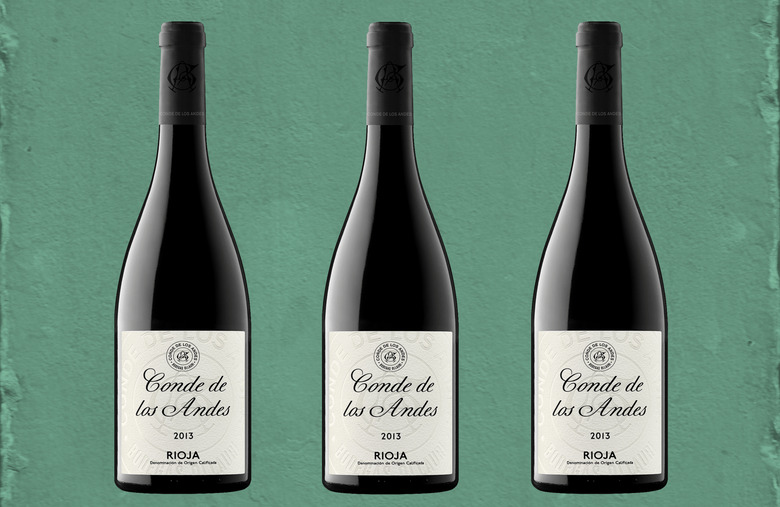Conde De Los Andes: Rebirth Of A Rioja Classic
Wine was first made on the site of the Conde de los Andes winery — officially Bodegas Ollauri-Conde de los Andes — in La Rioja Alta in the 1890s; the brand itself was established about 70 years later, and had a good reputation for some decades. In 2014, the Murua family, owners of Bodegas Muriel and Vina Eguia in Rioja Alavesa, as well as Real Compania in La Tierra de Castilla and Pazo Cilleiro Albariño in Rias Baixas, purchased the storied property from longtime proprietor Federico Paternina. The Muruas set out on a two-year renovation project that included, according to company president Javier Murua, moving the vinification and barrel aging into the cellar from off-site premises. The 2015 vintage was the first actually made here since the 1920s — and now visitors can wander almost two-thirds of a mile of fifteenth-century calados, caves extending 125 feet below ground, where lie over 300,000 bottles dating back to 1892.
Grapes are sourced from a short list of growers under long-term contracts. "We consider that these guys make a great effort," Murua says, "and they have been working their land for many years and in most cases have been transmitted the knowledge from their parents, adding this to their training and education in agriculture. We consider they are the biggest experts of their own land."
The distinctive white label of the 2013 Conde de los Andes ($50) should now be found in the Rioja section of your favorite wine store. (The winery also produces a white table wine that's 100 percent viura and a small amount of malvasia-based dessert wine.) It is 100 percent tempranillo and gets 18 months in French oak; The Wine Advocate rated it 92/100. It offers complex forest floor nuances in the nose, soft but unignorable tannins, and harmonious tempranillo flavors that one wants to just keep in one's mouth forever. I found it to have the hallmarks of a gran reserva, such as resolution between the fruit and the wood, but it isn't labeled as such. I asked Murua why he doesn't use the standard aging categories of the region — crianza, reserva, and gran reserva. He suggested that these will come, but adds that he doesn't want Conde de los Andes to slavishly adhere to set rules. "What we want is to have wines ready to drink and with capacity to age," he says. "In other wines, we create them from the vineyard to be crianza, reserva, or gran reserva. In the case of Conde de los Andes, we want the wine to transmit a feeling and balance between vineyard, vinification, and aging."
High-end Rioja as a category is world-class wine, but it sells at a fraction of the price of the best wines from many other regions (e.g., Bordeaux, Burgundy, Champagne). That alone is sufficient reason to stock up on it — but the resurrection of historic Conde de los Andes is even more reason.
